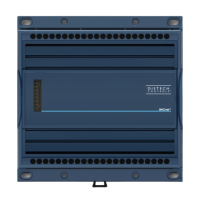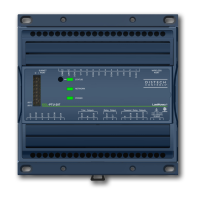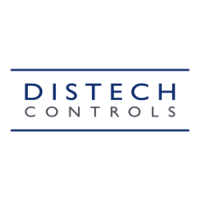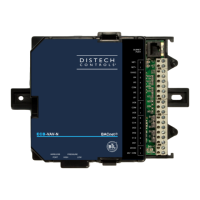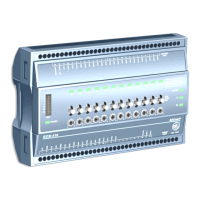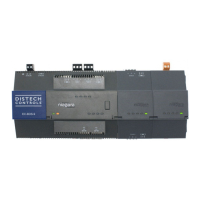ECB-PTU Series
Product Description
This document describes the hardware installation procedures for the ECB-PTU Series BACnet controllers.
The Distech Controls ECB-PTU Series controllers are designed to control and monitor powered terminal units such as powered fan coil units, heat
pumps, chilled ceilings and small air handling units.
This product line includes the following controllers: ECB-PTU-107, ECB-PTU-207, ECB-PTU-208, ECB-PTU-307, and ECB-PTU-308.
The ECB-PTU Series are compatible with the ECx-Light/Blind lighting and sunblind expansion modules (refer to the ECx-Light/Blind Series Expansion
Modules Hardware Installation Guide).
Each controller uses the BACnet® MS/TP LAN communication protocol.
This document describes the hardware installation procedures for the following controllers: ECB-PTU-107, ECB-PTU-207, ECB-PTU-208, ECB-PTU-307
and ECB-PTU-308.
These controllers are all built on a similar platform but have different numbers of inputs and outputs. Moreover, each
individual model has different amounts of digital and/or analog outputs. For more information on the specific layout
and functionality of each controller, please refer to their individual datasheets and user guides.
General Installation Requirements
For proper installation and subsequent operation of the device, pay special attention to the following recommendations:
£ It is recommended that the controller(s) be kept at room temperature for at least 24 hours before installation to allow any condensation that may
have accumulated due to low temperature during shipping/storage to evaporate.
£ Upon unpacking, inspect the contents of the carton for shipping damages.
Do not install a damaged device.
£ The controller should be installed in an appropriate ventilated enclosure with minimum dimensions 240 x 240 x 100 mm.
£ Avoid areas where corroding, deteriorating, or explosive vapors, fumes or gases may be present.
£ Allow for proper clearance around the controller’s enclosure, wiring terminals, and service pin, in order to provide easy access for hardware configu-
ration, and in order to ventilate the heat generated by the controller.
£ Orient the controller with the ventilation slots towards the top to permit proper heat dissipation. When installed in an enclosure, select one that pro-
vides sufficient surface area to dissipate the heat generated by the controller and by any other devices installed in the enclosure. A metal enclosure
is preferred. If necessary, provide active cooling for the enclosure.
£ The device’s datasheet specifies the power consumption (amount of heat generated), the operating temperature range, and other environmental
conditions the device is designed to operate under.
£ Ensure that all equipment is installed according to local, regional, and national regulations.
I n s t a l l a t i o n G u i d e
